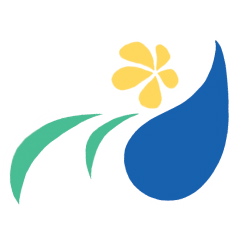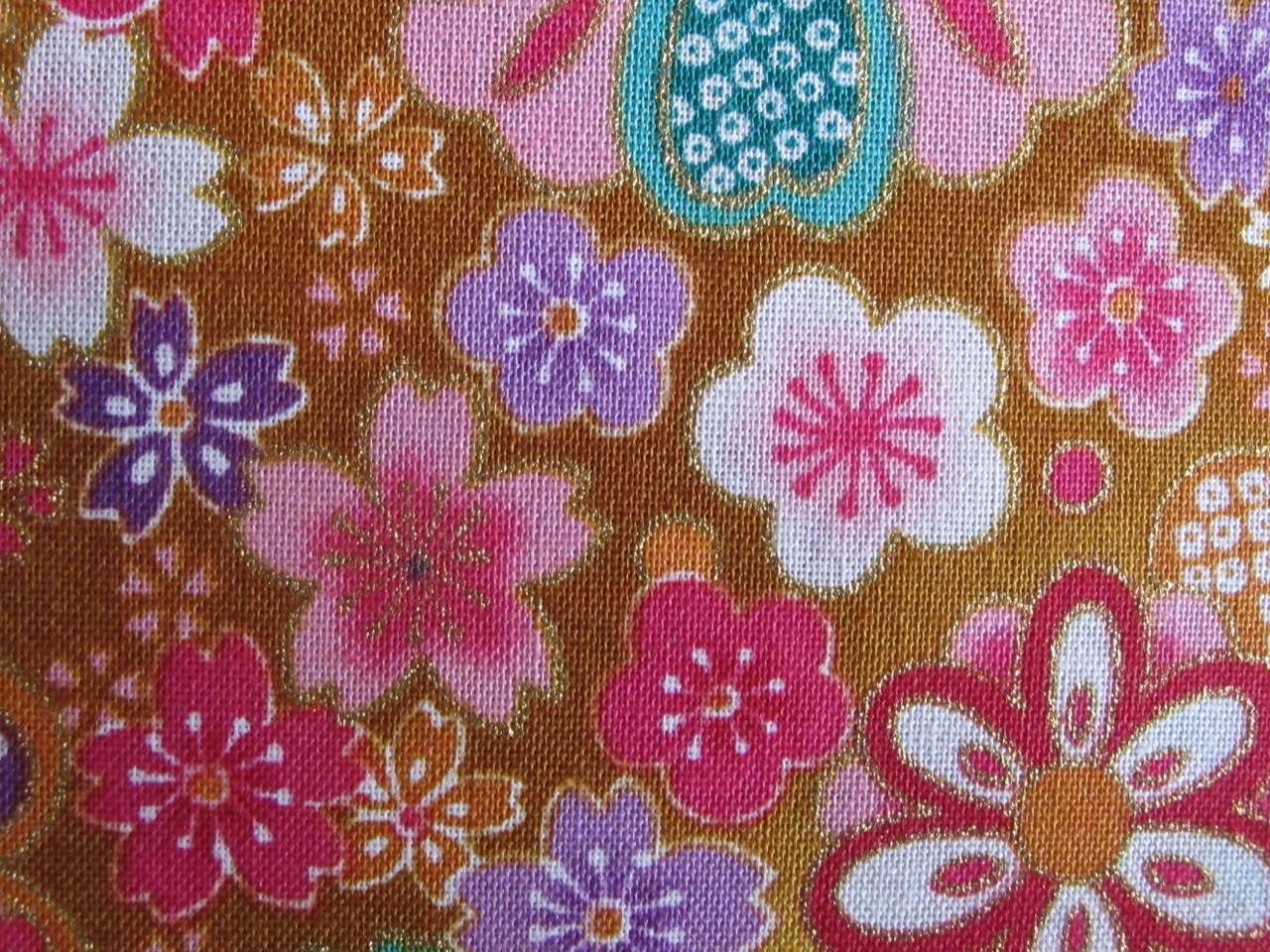If you have been dreaming of growing a Japanese cherry blossom tree in your yard, this is your chance!
In collaboration with Maple Grove Nursery (Annapolis Valley NS), we are bringing sakura trees to Halifax! This is a one-day pop-up sale event so please save the date: Sep 4th, 2021, Saturday, 12:00-4:00 pm.
There will be several varieties to choose from. The folks from Maple Grove Nursery will be there to answer your questions and give advice to grow & maintain your trees.
All sales will be transacted directly with Maple Grove Nursery. Cash, Visa, MasterCard and e-transfer payments accepted. Sorry, no debit cards. Prices are subject to HST. Pricing can be seen in their website. Availability is subject to change without prior notice
The trees are grown in Ellepots. They are soilless media wrapped in a fully biodegradable and plantable paper membrane. The major advantages of plants grown this way are:
Absolutely no root bound plants or root circling as with plants grown in pots.
No root disturbance or transplant shock when planted.
Easy to plant.
If planted in the growing season, the plant will go into active growth immediately.
Environmentally friendly and fully sustainable production.
No plastic pot to deal with. (The only plastic used in production are the air pruning trays, which can be used hundreds of times and never leave the nursery.)
(Image courtesy of Maple Grove Nursery.)
(Image courtesy of Maple Grove Nursery.)
To answer some of the questions that you may want to ask….
Q: Will the sakura trees survive the NS climate?
A: Yes! Have you seen the beautiful sakura in the Dartmouth Commons?
Q: When will the sakura bloom?
A: Young trees will bloom in the spring and each spring thereafter, more & more blooms will come as the tree grows. Blooming season in NS is around mid-May.
Q: When should the tree be planted?
A: If you purchase a tree at the the pop-up, please plant them on the same or next day. In general, autumn is the best time to plant the tree.
Q: How do we take care of the tree? *
A: Supplying water to new plantings and fertilizing in the spring are very important. (There will be fertilizer available for sale as well at the Pop-Up event.) Cherry blossom trees also respond very well to pruning. Also, protect them from deer who might want nibble on them!
Q: ….and in the winter? *
A: Stake the tree. Keep the roots hydrated leading up to freeze up.
Q: Can the tree be used for bonsai?
A: Yes, but the sakura are grafted and from experience, most bonsai growers do not like that.
*Maple Grove Nursery will be happy to provide on-going support to help gardeners grow their sakura trees.
Looking forward to seeing you there!
Updated Sep 4, 2021
What a great turnout! The trees were sold out by 2 p.m. We thank everyone who came. We hope your trees grow strong with beautiful blooms! We apologize to those who could not find what they were looking for (because we sold out very quickly!) Please contact Maple Grove Nursery directly; they have lots more at the farm! Last but not least, thank you Michelle for taking the time and effort to bring your lovely sakura trees to Halifax!



![Plum blossom.By Kakidai (Own work) [CC BY-SA 3.0 (https://creativecommons.org/licenses/by-sa/3.0)], via Wikimedia Commons](https://images.squarespace-cdn.com/content/v1/4f3d5c5ad09afe633f90b003/1521834569115-N3VJ3B5XNXT0HXPQSTQB/Prunus_mume.JPG)
